简体中文
繁體中文
English
Pусский
日本語
ภาษาไทย
Tiếng Việt
Bahasa Indonesia
Español
हिन्दी
Filippiiniläinen
Français
Deutsch
Português
Türkçe
한국어
العربية
Trade Journal 2.0: What Experienced Traders Track That Beginners Often Ignore
Abstract:A Trading Journal is more than a basic record of trades. It’s a learning and improvement tool. Beginners often jot down only price and time. Experienced traders add deeper insight that helps them get better over time. Here's what they track:
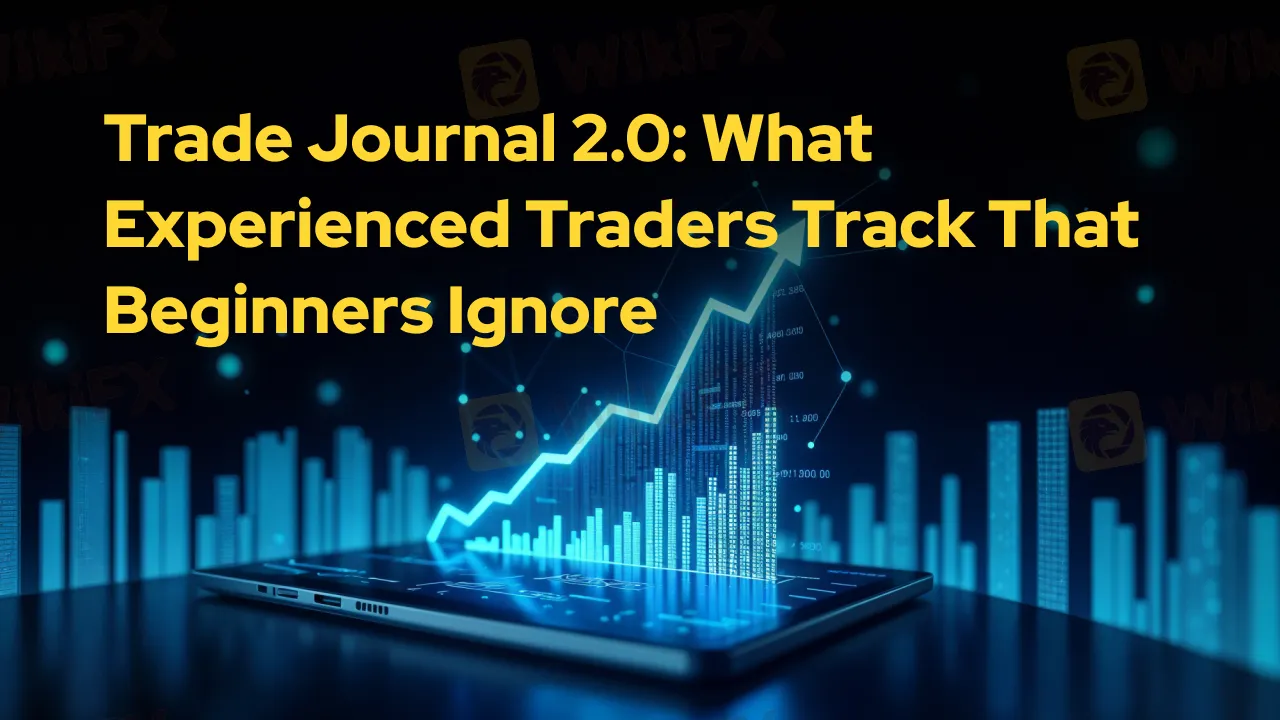
A Trading Journal is more than a basic record of trades. Its a learning and improvement tool. Beginners often jot down only price and time. Experienced traders add deeper insight that helps them get better over time. Here's what they track:
1. Emotional Notes: Before, During & After- They track how they felt happy, scared, excited, or anxious at each stage of the trade. This helps spot emotional mistakes and avoid repeating them.
2. Trade Rating- After each trade, pros rate themselves: Was entry timely? Did they follow size and risk? Did they stick to their strategy? Simple grades (A, B, C) help remember what worked.
3. Key Performance Numbers- They don't just track profit or loss but they also log:
• Win rate
• Risk/reward ratio
• Return on capital
• Max loss in account (drawdown)
This lets them see if their strategy really works over time.
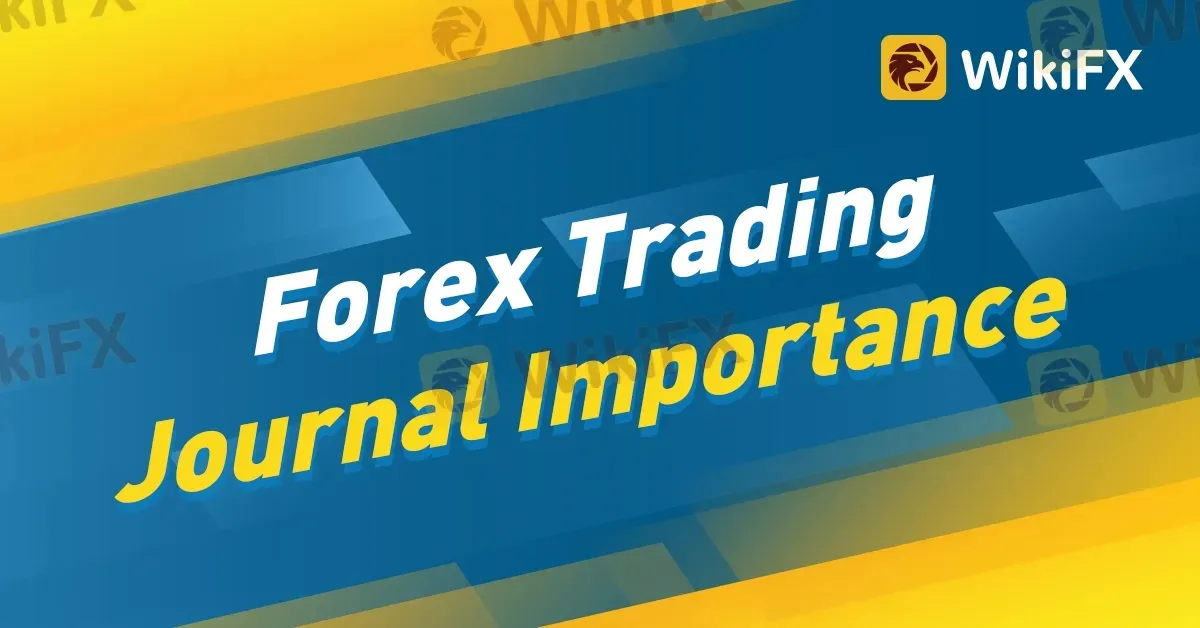
4. Market Tools & Setup Notes- They record extra details like:
• Market trend (up, down, flat)
• Time of day (morning, midday)
• Volatility or news events
• Chart tools used (support, moving averages)
Charts or screenshots show what was happening when they entered or exited.
5. Regular Reviews & Goal Setting- Experienced traders set aside time in their week or month to review past trades, spot mistakes, and set goals—like improving exit timing or keeping position sizes consistent.
Conclusion
A basic journal lists trades. Trade Journal 2.0 goes deeper- capturing thoughts, feelings, setups, and numbers so you learn, adapt, and grow. Over time, this disciplined approach builds real trading skills.
Join WikiFX Community
Investment scams have become a reality in the Forex market. While trading forex, you can avoid these scams by staying informed and alert. Therefore, be attentive and stay updated with fraud alerts. With WikiFX, you can get all the information you need about the Forex market, fraud alerts, and the latest news related to Forex trading — all in one place. Join the WikiFX Community by scanning the QR Code at the bottom.
Steps to Join
1. Scan the QR code below
2. Download the WikiFX Pro app
3. After installing, tap the Scan icon at the top right corner
4. Scan the code again to complete the process
5. You have joined!
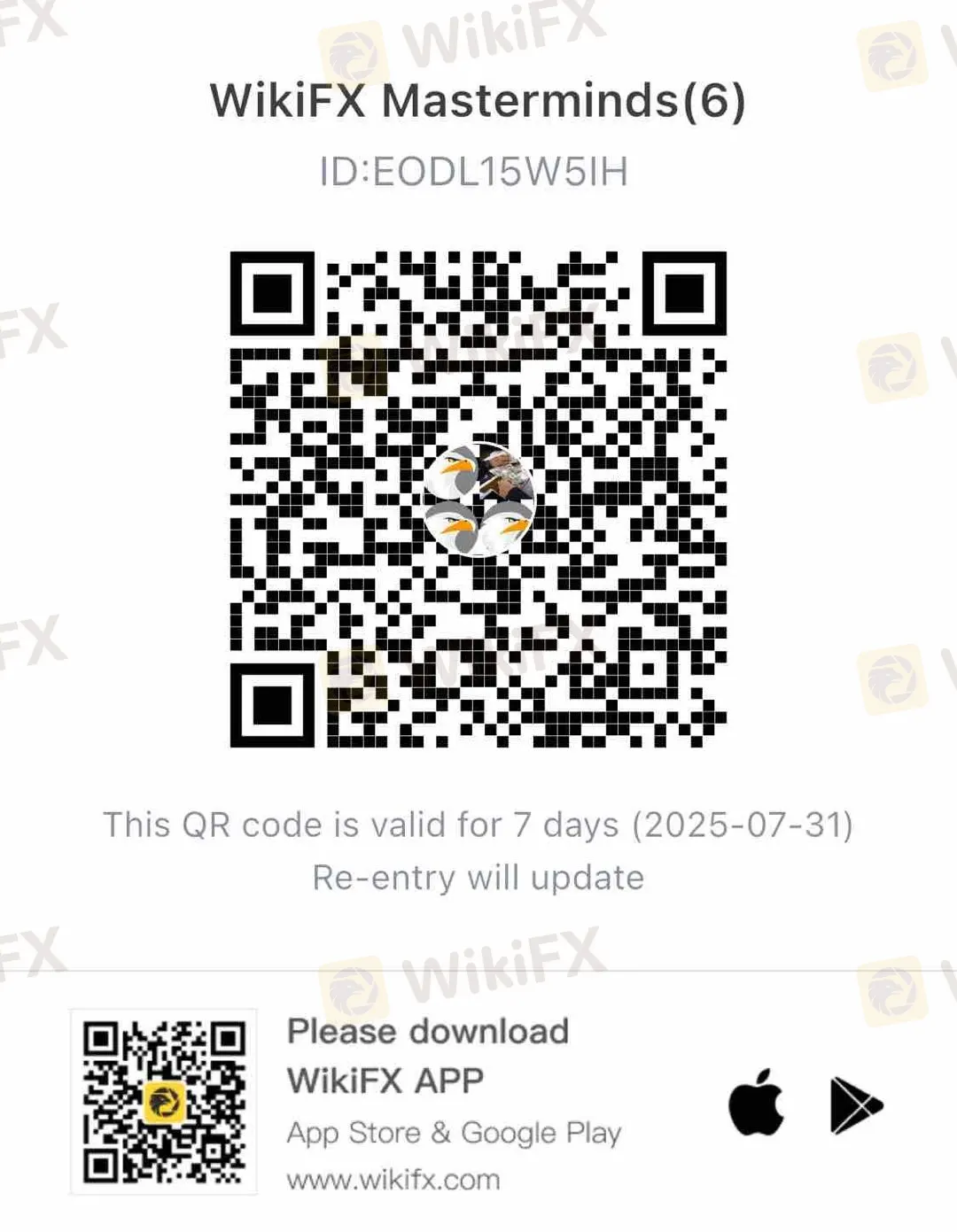
Disclaimer:
The views in this article only represent the author's personal views, and do not constitute investment advice on this platform. This platform does not guarantee the accuracy, completeness and timeliness of the information in the article, and will not be liable for any loss caused by the use of or reliance on the information in the article.
Read more

7 Common Mistakes Made by Indian Forex Traders
Forex trading has become very popular among Indian traders in recent years. Every month, thousands of new traders join this market. But sadly, majority of them lose their hard-earned money because of their common mistakes. Which are these mistakes? Read below.
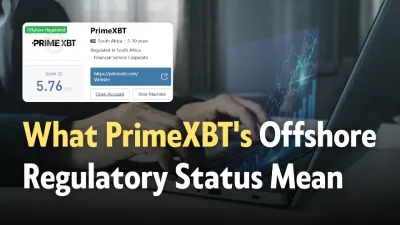
What Does PrimeXBT's Offshore Regulatory Status Really Mean?
Understanding PrimeXBT's offshore regulatory status, its implications, and what it means for traders looking for transparency and reliability in their investments.

iFourX: So Many Red Flags You Can’t Ignore
Forex trading has become difficult nowadays due to the frequent frauds occurring every day. You can’t blindly trust any broker . They may appear genuine and authorized but end up being scams. That’s why it’s more important to stay aware. To stay alert and informed, you need to know about a particular FX broker called iFourX and recognize its red flags.
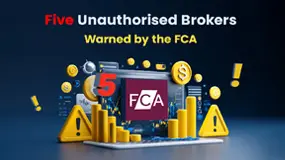
Five Unauthorised Brokers Warned by the FCA
UK’s watchdog, the Financial Conduct Authority (FCA), recently issued a fraud alert against brokers who are operating without a license but still offering financial services. The FCA has identified these scam brokers and is warning the public not to engage with them. Check out the names of those brokers below.
WikiFX Broker
Latest News
Top Wall Street analysts recommend these dividend stocks for regular income
Stock futures rise as U.S.-EU trade deal kicks off a hectic week for markets: Live updates
Thailand-Cambodia War Pressures Thai Baht in Forex Market
Treasury yields tick lower as investors look ahead to Fed's interest rate decision
European stocks set to rise after the U.S. and EU strike trade agreement
Samsung Electronics signs $16.5 billion chip-supply contract; shares rise
Does XS.com Hold Leading Forex Regulatory Licenses?
Elon Musk confirms Tesla has signed a $16.5 billion chip contract with Samsung Electronics
Chile Bumps Up Copper Price Forecast and Flags Lagging Collahuasi Output
A breakthrough and a burden? What the U.S.-EU trade deal means for the auto sector
Currency Calculator


